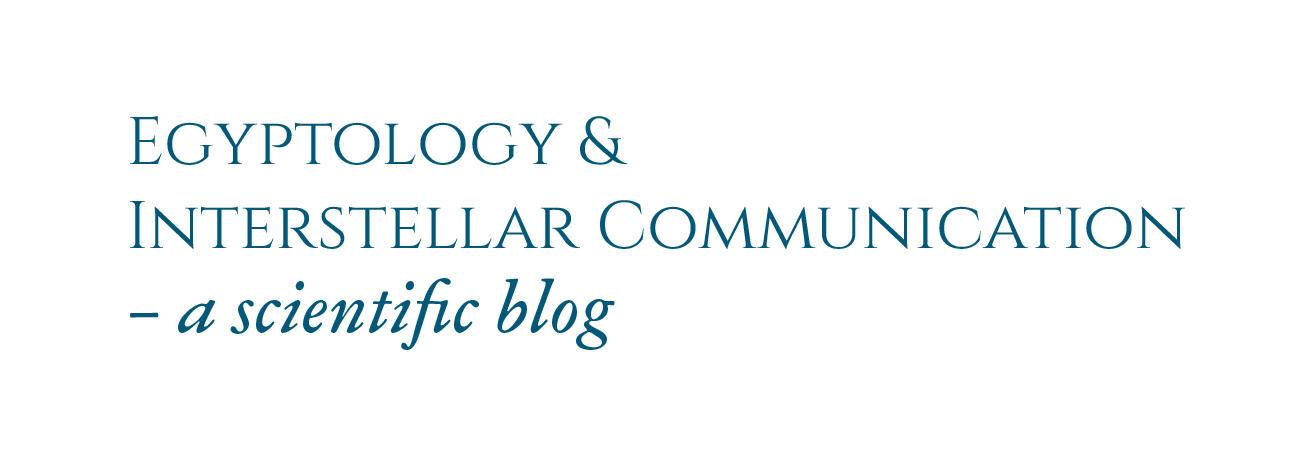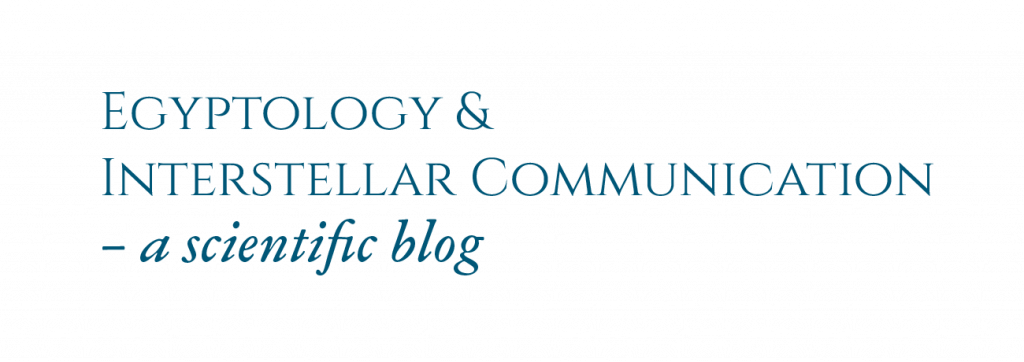The Metasemiotic Approach and its Challenges in Interstellar Communications Research, Part 1
In my study session today I deal with an exciting article by Richard Saint-Gelais, Beyond Linear B – The Metasemiotic Challenge of Communication with Extraterrestrial Intelligence, in: Vakoch, Douglas A., Archaeology, Anthropology and Interstellar Communication, NASA History Series NASA SP-2013-4413, pp. 79-94.
(Download the book here: https://www.nasa.gov/sites/default/files/files/Archaeology_Anthropology_and_Interstellar_Communication_TAGGED.pdf)
The author attempts to apply conventional methods of semiotic analysis and interpretation of signs to the question of “translation” of a possible interstellar message. Thereby he establishes a connection to the decipherment of “extinct” languages, like the hieroglyphs in ancient Egypt. These were deciphered with the help of the so-called Rosetta Stone by linguists like Jean Francois Champollion. The author assumes that we are confronted with the problem with the possible reception of an interstellar message that the sender of an information has not provided a hint how the message is to be understood. Such an “uncooperative situation”, as the author calls it, thus puts undefinable signs of an alien species into space, which would make it difficult for us to understand their meaning, because we do not have the slightest clue whether it is, for example, an alphabetic, a syllabic or ideographic writing system. A stroke, for example, requires at least one more context for its interpretation: it may be a vertical separating line, or the printed letter “I”, or a dashman, and so on.
Many of the points raised provide very valuable insights into the methods and theories of linguists that I, as an Egyptologist, was familiar with but not yet aware of in such depth. For example, he refers to the semiotic distinction between index, icon, and symbol, whose fine differentiation allows for a comprehensible analysis of meaning.
However, the author draws rather pessimistic conclusions from his analogy. The “extinct” language of ancient Egypt, for example, could only be successfully deciphered because the researchers involved had prior linguistic knowledge and had a bilingual original at their disposal (the Rosetta Stone contains the same text not only in the hieroglyphic version but also in two other languages, at least one of which was known at the time of translation). This is rather not to be assumed with an interstellar message.
It is correct that we could probably come across completely unknown signs. A circle above a triangle on the outer layer of a flying saucer can indeed mean anything. From “The sun shines down on pyramids” to “Round are all the planets and everything strives upward.” What the author perhaps overlooks, however, are two essential things:
The Context
1. We look at an archaeological artifact (whether with or without cryptic inscriptions) to see if it has a sacred, funerary, or profane context. Is it a functional object or a ritual object, a model or a toy? Accordingly, when contacted by an extraterrestrial species, we too must include the context of the message in the interpretation and ask ourselves: was the message found somewhere? Or was it actively transmitted to us by an alien species? If so, in what way? Is the context more peaceful or threatening?
For the latter question there may be different interpretations, because here the individual mindset is also crucial. A child who has hardly had any bad experiences will be more likely to reach out to a little green man than an old person who has built up a natural awe of the “unknown” due to personal events in the course of his life that he perceived as “negative”. In this respect, this question cannot yet be answered in a satisfying way here for the moment.
The inclusion of the ( tangible) context would perhaps not give us a translation directly, but it could give us valuable hints for the interpretation of an interstellar message.
The Technology
2. another fact underestimated by the author is that today we approach the study of such phenomena with a completely different technology. We are already using advanced analysis software in Egyptology and other similar sciences to visualize semiotic connections to concepts and their categorization. The use of Artificial Intelligence is just another step in this process, which is already within reach. The author therefore interprets our future opportunities for decipherment from the past, rather than on the basis of future developments. The decipherer of the hieroglyphs, Champollion, was still sitting by candlelight in a small room with handwritten notes on paper, while today we handle gigantic amounts of data and do not even have to calculate ourselves. Yes, the multilingual template of the Rosetta Stone was a blessing for Egyptology, because from the time of the decipherment of the hieroglyphs it could establish itself as a respectable scientific discipline at all. But yesterday’s methods grow up and sometimes they are superseded by something completely new, which is already in the pipeline and carries unimagined potential for completely new insights.


